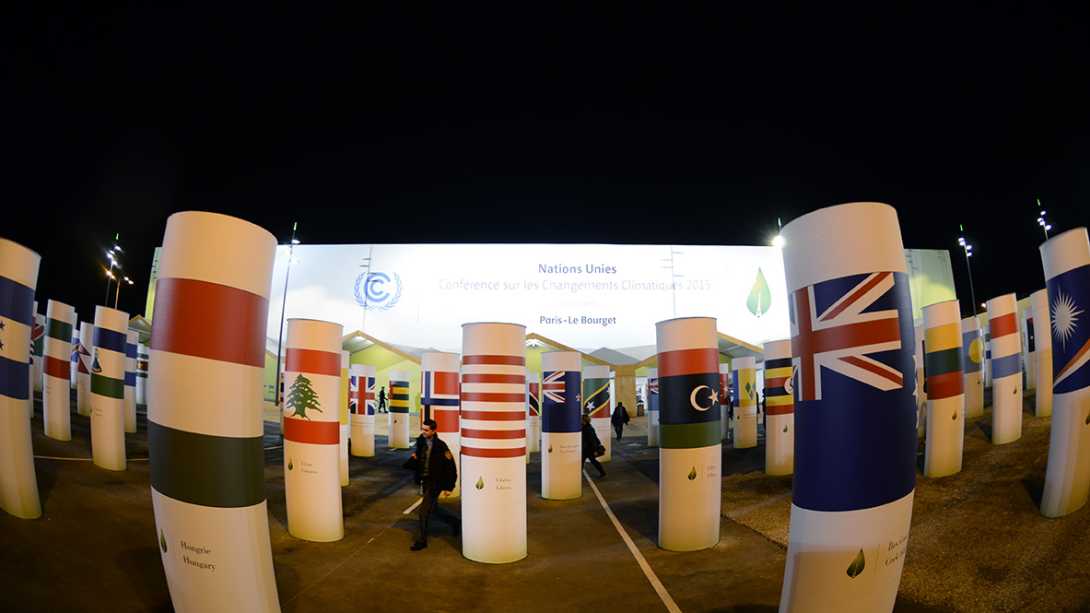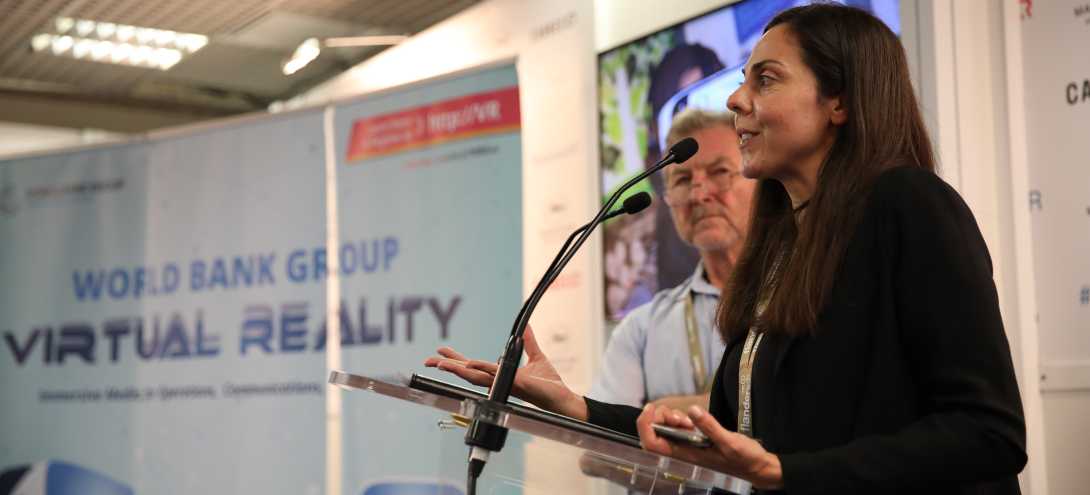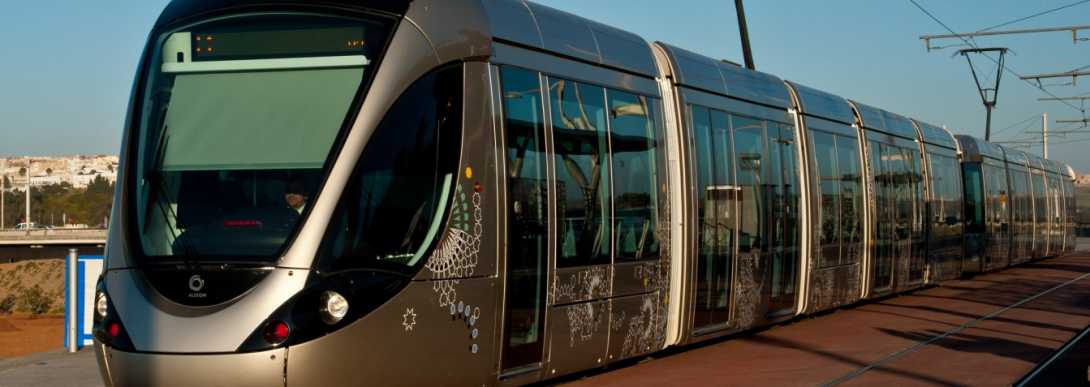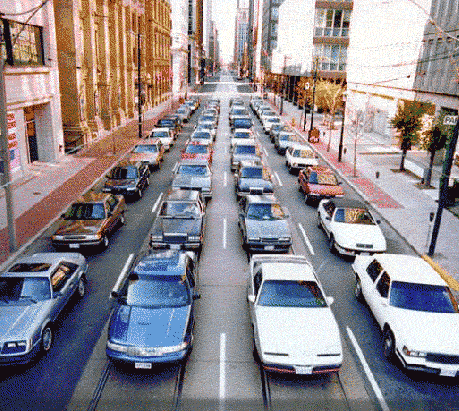
Climate Change Communications Event
Date: Wednesday, 9 December 2015
Time: 15:00 to 16:30
Location: Climate Action Arena (Press Conference Room 1), Hall 2, Blue Zone

Climate Change Communications Event
Date: Wednesday, 9 December 2015
Time: 15:00 to 16:30
Location: Climate Action Arena (Press Conference Room 1), Hall 2, Blue Zone
This report provides a summary of the Communication for Climate Change 2.0 Conference, which took place on 15 April 2015. Sidebar examples are included to make connections to specific research insights. The report also aims to guide the kickoff of the establishment of a “Knowledge Network for Climate Change Action,” promoting educational activities and fostering research-based engagement and action initiatives on climate change communication.
Larry Cantwell is the Town Supervisor of East Hampton, a mixed community of baymen and billionaires on Long Island, New York. Cantwell is at the helm as the town embarks on its journey to a sustainable, 100% renewable energy future. The Town Board, energized by community leaders and activists, are taking this bold action following the impact of Superstorm Sandy on East Hampton.
In the past Sumba Island was renowned for being one of the poorest areas of Indonesia where very few people had access to electricity, now thanks to the efforts of Sulis Setiawati the future is looking bright. Setiawati has been at the heart of a groundbreaking, island-wide initiative to address the energy shortage and boost living conditions by going 100% renewable.
Chief Denise Restoule is the leader of the Dokis First Nation community that has existed in harmony with nature on the banks of the French River in Ontario, Canada for time immemorial. For the benefit of her community and the bountiful ecosphere in northern Canada Restoule has catalyzed the Dokis people around a legacy-oriented project - to construct a small hydro-plant and go 100% renewable.
All change needs a champion. Marjina Begum is that champion. She lives in Kulia village in Khulna District, Bangladesh where was the first person to transform her household to run on 100% renew- able energy and is helping other villagers do the same. By harnessing solar energy Begum has avoided the need to rely on patchy grid connections and inefficient kerosene fuel. As a result of her actions local children can now study at night, improving their educational outcomes, women in the village are increasingly empowered, and security has improved.

For more than a decade, Connect4Climate has dedicated itself to advancing global climate consciousness, building coalitions to drive ambition, and spurring robust climate action commitments from international policymakers, private section organizations, and on-the-ground citizens.
C4C tackles this mission with four key approaches:
1. Amplifying youth climate stories and empowering young leaders
2. Harnessing creativity for climate action
3. Leveraging the power of partnerships
4. Supporting the international climate agenda
Amid the uncertainty and isolation of the COVID pandemic, C4C united a worldwide audience around climate action like never before with an ambitious series of youth-focused virtual dialogues, empowering competitions for young creatives, multilayered social media strategies, and a renewed commitment to the cultivation of meaningful partnerships, cementing its status as a powerful partner and youth ally in the climate space.
C4C will continue its rich tradition of engaging storytelling as it forges into a new era, amplifying the voices of youth and marginalized communities on the forefront of both the climate crisis and global climate action. It will support this effort by nurturing strategic partnerships, cultivating lively platforms, and spearheading activations at major international climate events. Fresh C4C advocacy campaigns will channel the talents of the creative economy toward effectively communicating climate solutions and inspiring action, centering youth as key partners in the transition to a zero-carbon future.


Whether you’re traveling to work, vacation, or just for a night out, before you reach for those car keys consider these eight benefits of using alternative transportation. Jumping on a train, saddling a bike, or sharing a ride could have payoffs for your health, the planet, and your pocketbook.
Hosted by the World Bank Group and supported by Italy’s Ministry of the Environment and Energy Security and Germany’s Federal Ministry for Economic Cooperation and Development, Connect4Climate (C4C) is a global partnership for a livable planet that connects, creates, and communicates to build long-lasting change for future generations.